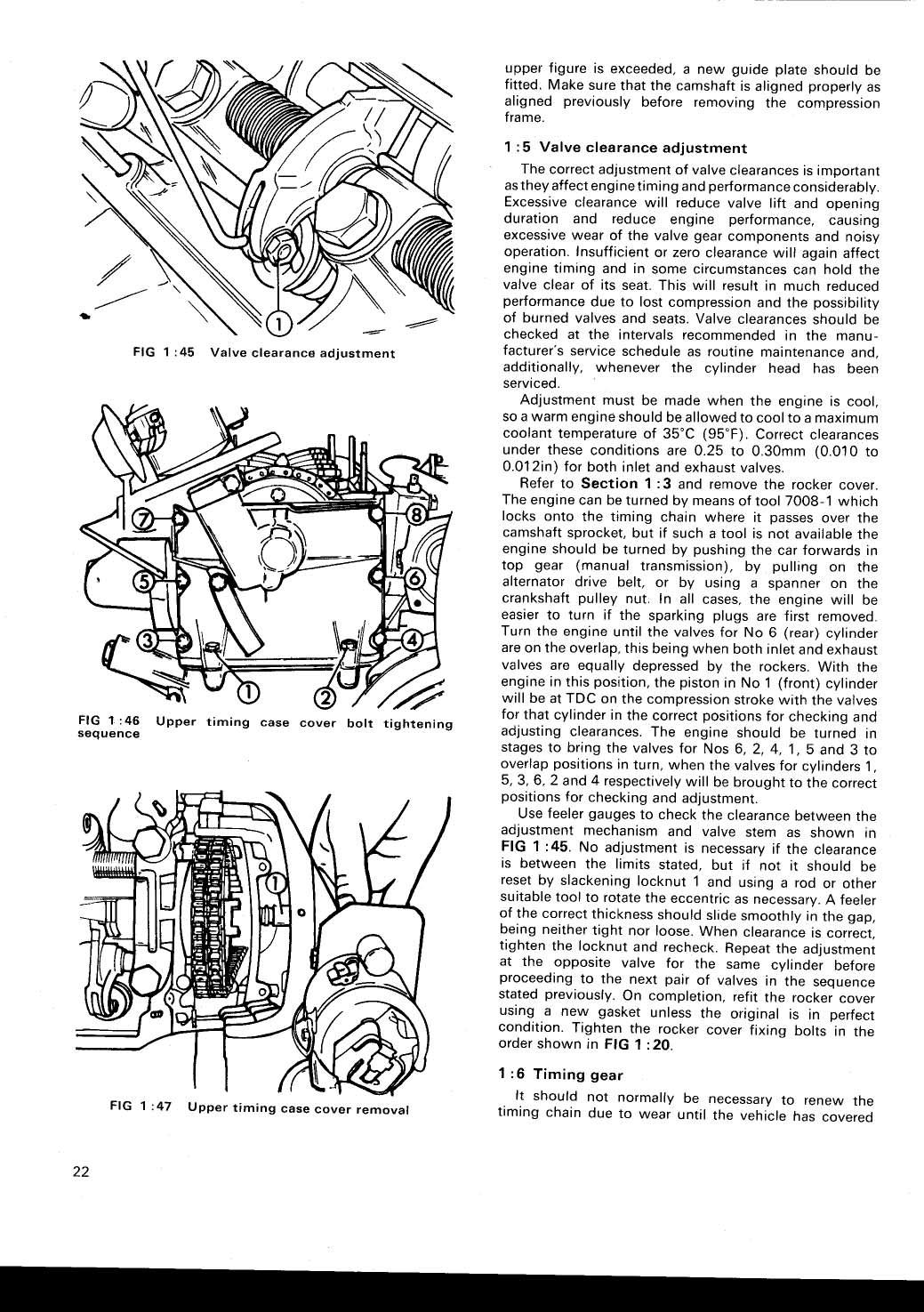Pretty sure those are DGAVs. Those are not E's of any kind because the E is for electric chokes and you can see the thermostat housing for the water chokes above the manifold with the coolant hoses running to them.
So before you begin tuning, your throttle plates are not closed. Either your linkage or the chokes or both are acting on the throttle plates. First step is to disconnect the linkage and see if they close. If not, your chokes may be clogged up or stuck.
Also, your throttle plates are not in the same position. If you look at the thermostat assembly on the rear carb, it points directly to the front one. The front one, however, is pointed somewhat up toward the rear. This probably accounts for the difference in the openings. I believe you adjust this by loosening the center bolt in the housing and turning it.
So before you begin tuning, your throttle plates are not closed. Either your linkage or the chokes or both are acting on the throttle plates. First step is to disconnect the linkage and see if they close. If not, your chokes may be clogged up or stuck.
Also, your throttle plates are not in the same position. If you look at the thermostat assembly on the rear carb, it points directly to the front one. The front one, however, is pointed somewhat up toward the rear. This probably accounts for the difference in the openings. I believe you adjust this by loosening the center bolt in the housing and turning it.

